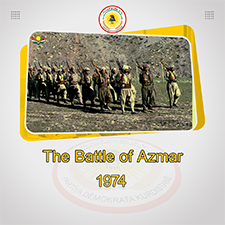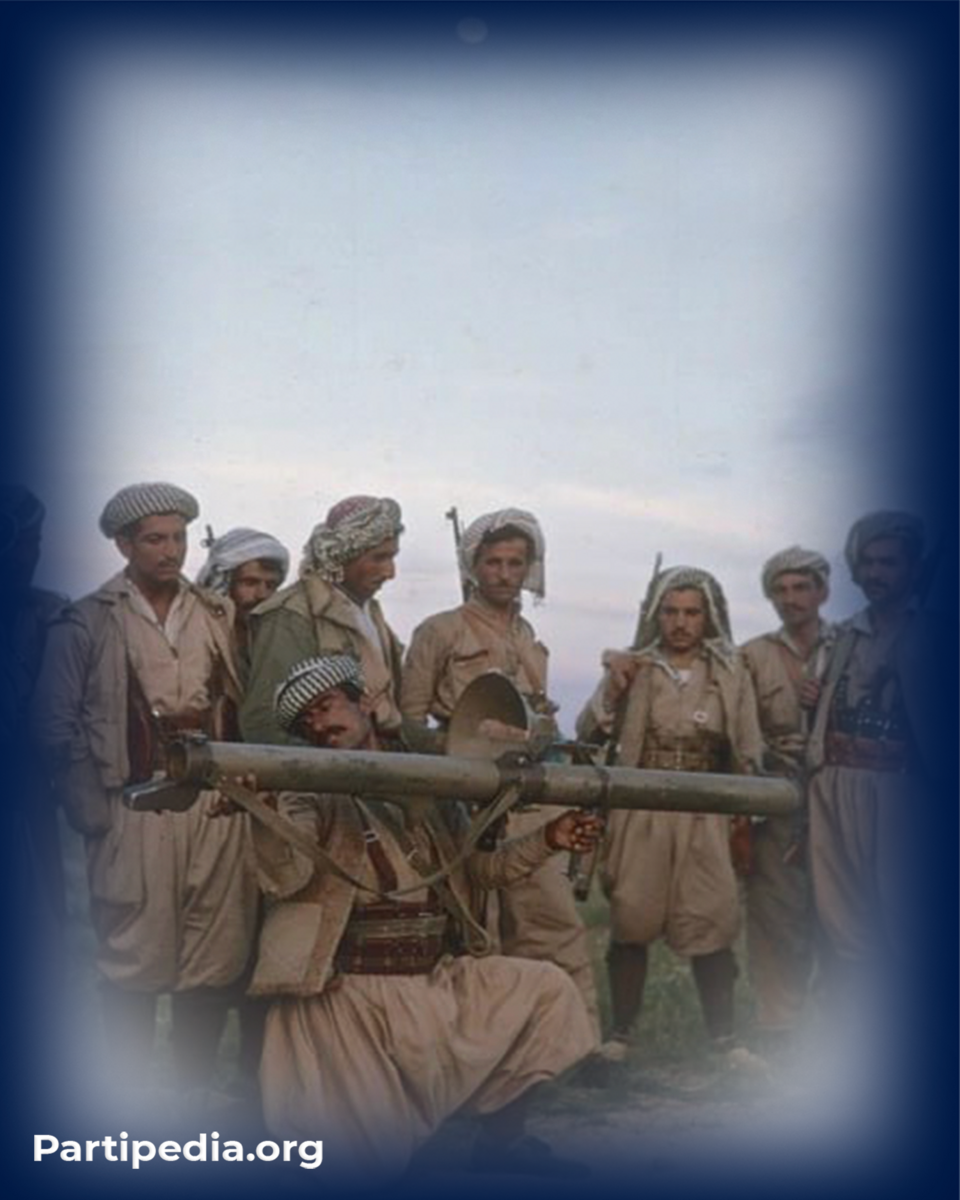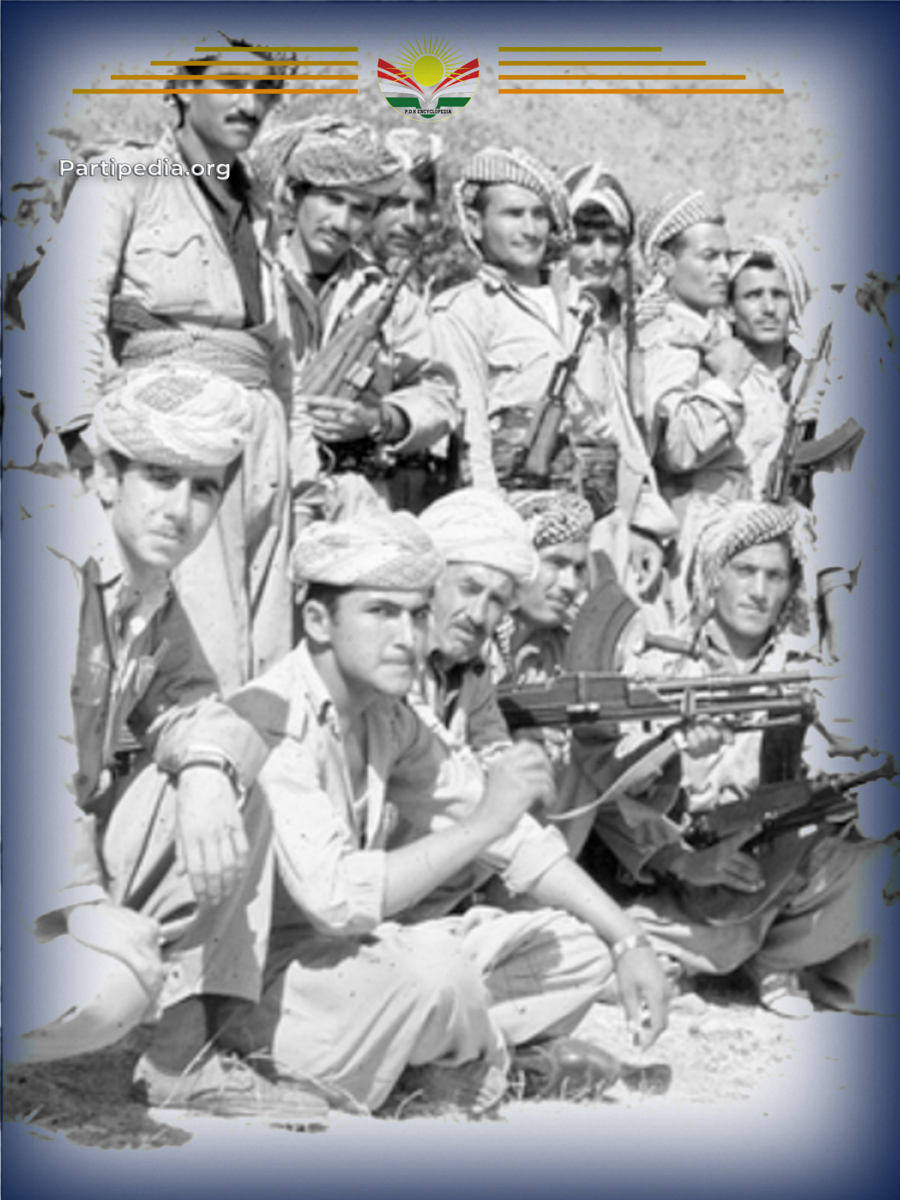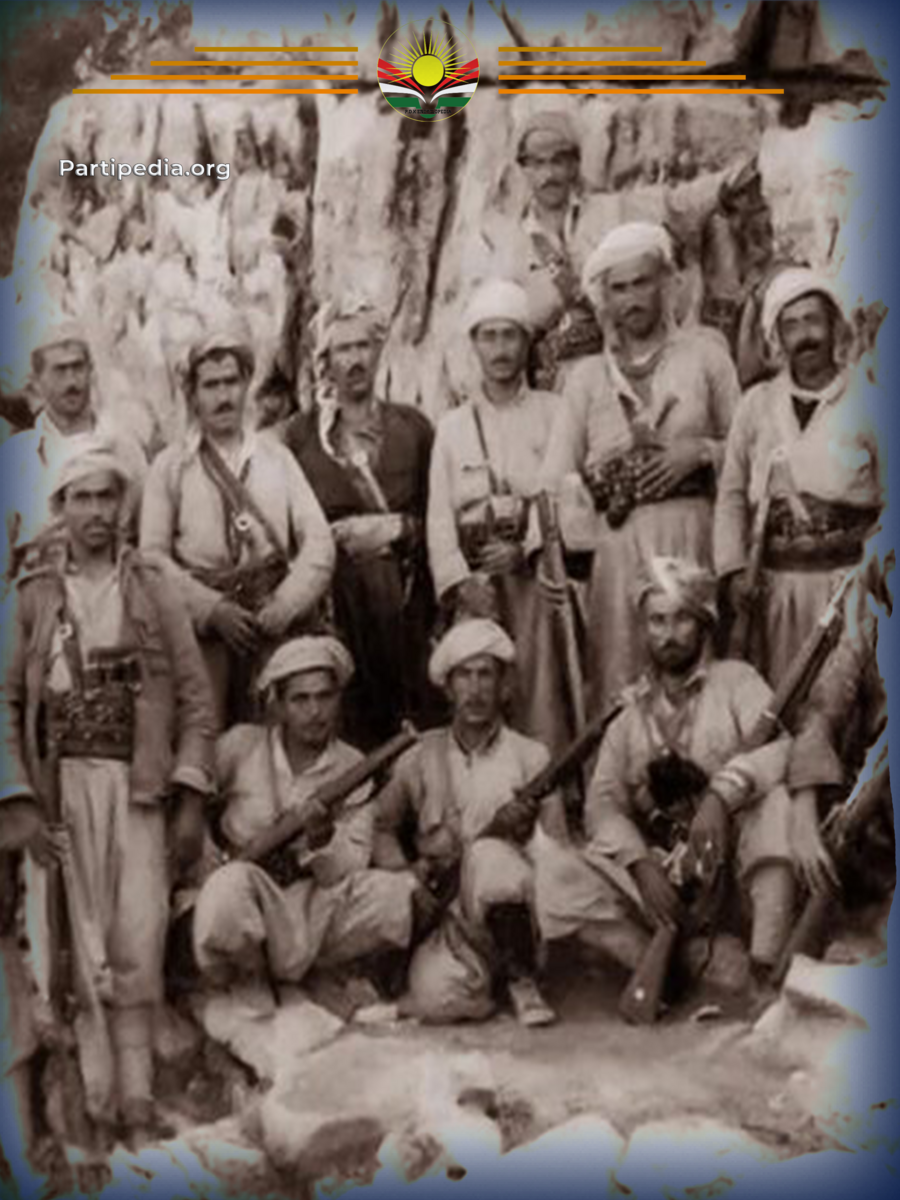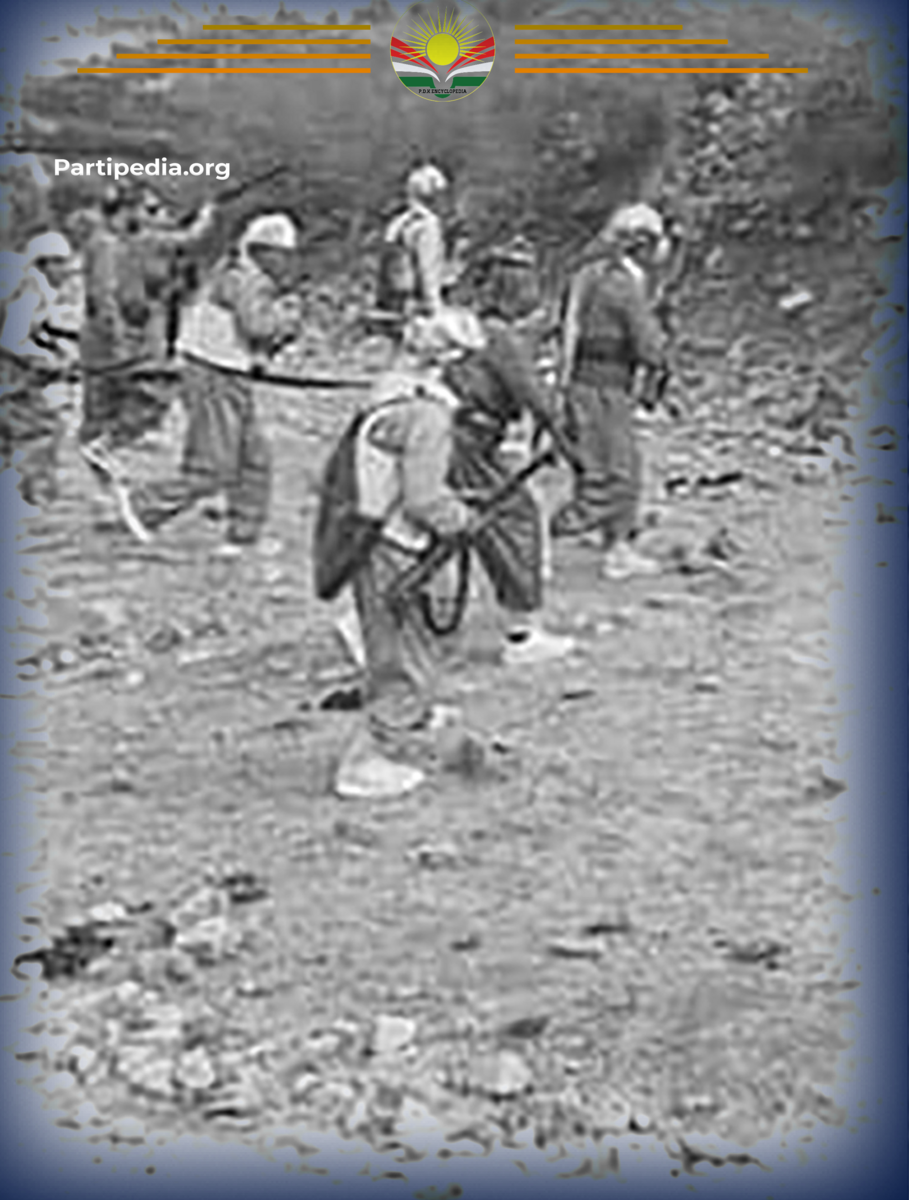Azmar is a famous high mountain in Kurdistan. It is located in the northeast of Sulaimani. Due to its height, it is considered geographically important for military location. For the Peshmarga forces, the high mountains were the place of resistance and defense. So, the Iraqi army decided to take over the heights in order to dominate the entire region. And although the Iraqi army had power in Sulaimani, when the Peshmerga forces dominated the heights of Mount Azmar, the Iraqi army forces found it difficult to carry out their military duties and activities. So, they began to prepare a military attack to capture the mountain.
At 5:30 am on 19th June 1974, the Iraqi army announced an attack on the Peshmerga positions on Mount Azmar. The 4th Force of the 2nd Division of Kirkuk, the Special Forces, the Tank Battalion of the 8th Division, the Air Force, the Artillery of the 2nd Division and their paid mercenaries participated in this attack. And the Peshmerga forces were on their line of defense, they had the 4th Battalion of the Penjwen Struggle Force under the command of Nuri Hama Ali that participated in the battle.
The government used all military capabilities in the attacks on the revolutionary areas, including forces, weapons, alliances, tanks, long-range artillery, armored vehicles and air force to overcome the Kurdish revolution. As a military ploy, the Iraqi army initially started bombarding Mount Azmar with artillery and aircraft. However, the Peshmerga forces had foreseen this and had properly secured their positions, preventing them from being harmed by the shelling. Furthermore, The Peshmerga were still on guard to protect the line of defense despite the fact that some people were hurt as a result of the shelling.
As the Iraqi army's air force bombed the Peshmerga positions in the mountains, the Peshmerga air defense force shot down a helicopter with a machine gun, which had a significant impact on their morale. After the shelling stopped, the Iraqi army launched a massive offensive where the tank battalion was the first line of attack and it was ahead of the infantry and jash fighters. Although the movement was not quick due to the presence of anti-tank mines, the infantry and jash forces began to advance elsewhere, until they approached the Peshmerga positions. A heated battle broke out between them. Throughout the day, the Peshmerga forces were able to respond to the attack in the strongest way possible. Hence The attack was defeated by the Peshmerga forces. The Iraqi army attempted to transport the dead in tanks during the retreat, but many soldiers' and jashes' bodies were left on the battlefield.
The Iraqi army failed to take over the mountain that day. The next day, June 19, 1974, they resumed a massive offensive, the same as the previous day, but more intense in terms of shelling and air strikes. Then, with the assistance of the tanks and armored battalion, they launched an attack on the Peshmerga positions. However, The Iraqi army was forced to retreat after a fierce and bloody battle in which they lost a large number of soldiers and had several tanks and armored vehicles destroyed. This retreat led to the leaders of the Iraqi army to be unsatisfied and angry with the outcome. The anger of the leaders led to the punishment of some army officers, to instill fear in others in order to defeat the Peshmerga. After a lot of pressure and continuous attacks and countless soldiers, heavy weapons, tanks, artillery, armored vehicles and air force, despite the heavy losses of the army and mercenaries, the army was able to capture Mount Azmar. The Peshmerga forces were not without casualties either.
Resources:
-
سهنگهر ئيبراهيم خۆشناو: ڕووداوه سهربازيهكانى شۆڕشى ئهيلوول 1970-1975، چاپى يهكهم، چاپخانەى دانیشفەڕ، ههولێر، 2022.
-
ملازم خدر عەبدوڵڵە دەباغ: بیرەوەریەکانم و تۆپخانەى شۆرش ئەیلوولى مەزن چاپخانەى ڕۆشنبیری، چاپى سێیەم، هەولێر – ٢٠٢٠.
-
کاروان جوهر محمد: ئیدریس بارزانى ١٩٤٤- ١٩٨٧ ژیان و ڕۆلى سیاسیى و سەربازى لە بزوتنەوەى ڕزگاریخوازى کورددا، چاپخانەى هێڤی، هەولێر، ٢٠١٩.
-
ئیبراهیم جەلال: باشورى کوردستان و شۆرشى ئەیلوول بنیادنان و هوڵتەکاندن، چاپى چوارەم، ٢٠٢١.




